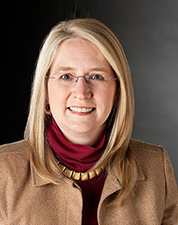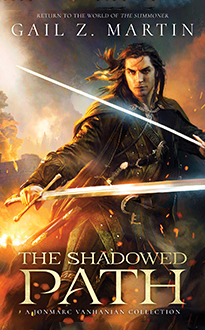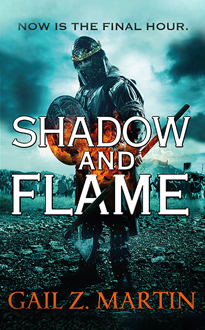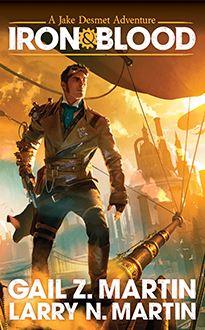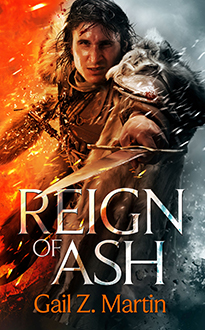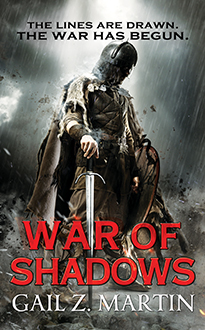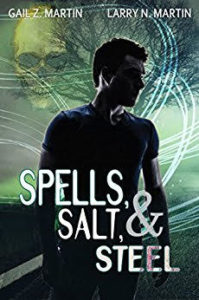I’ve just turned in copy edits on two books (The Dread and the next book in my social media series), and will do edits on a third book (the new Thrifty Author title) next week. And while edits are never as fun as doing the actual writing, they are a very important part of making a book successful.
A good editor finds continuity errors (places you’ve accidently changed the facts), corrects punctuation and spelling, and suggests word changes to avoid repetition. (Edits to plot come before this point.) The copy editor suggests, and the author gets final say over what changes are made. Declining a change usually happens because the change would alter the original intent of the passage (amazing how a simple word change can really change things), or create stilted dialog, introduce an anachronism, etc.
I accept probably better than 97% of the suggested changes because they are mechanical issues. The remaining 3% are declined because they would change the story or affect characterization. Sometimes, grammar has to bend to allow for how people really talk, or how a sentence “feels” when it’s read mentally or aloud.
I may never meet my copyeditors in person (although I have met several of them and it was quite cordial), but they are definitely part of my team, and I owe them a lot. They make me look good, cleaning up my disregard for correct comma placement (sprinkle a few here and there), regional variations in spelling (I have a tendency to spell in the British fashion), and acute semi-colon deficiency.
So here’s to the copyeditors of the world, publishing’s unsung heroes! You’re the people who know the difference between “eats, shoots and leaves” and “eats, shoots, and leaves”. (Hint: One has to do with diet and one is homicidal.) Salute!


